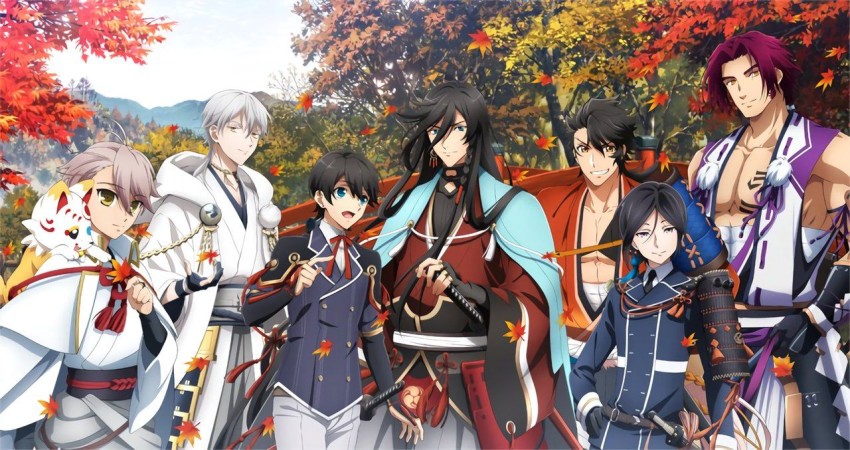Books: Animating the Spirited
April 14, 2020 · 0 comments
By Shelley Pallis.
 In the introduction to their latest collaboration, Animating the Spirited, Tze-yue G. Hu, Masao Yokota and Gyongyi Horvath recall the discovery that they were all separately working on papers on the “spiritual aspects of creative work,” and their joint decision to pool their resources. I’m not sure, however, that they necessarily agreed on what “spiritual” meant in this context, or indeed that it mattered all that much, because such kismet has brought together a group of like-minded souls with an interest in one of animation studies’ longest-running topics: breathing life into art.
In the introduction to their latest collaboration, Animating the Spirited, Tze-yue G. Hu, Masao Yokota and Gyongyi Horvath recall the discovery that they were all separately working on papers on the “spiritual aspects of creative work,” and their joint decision to pool their resources. I’m not sure, however, that they necessarily agreed on what “spiritual” meant in this context, or indeed that it mattered all that much, because such kismet has brought together a group of like-minded souls with an interest in one of animation studies’ longest-running topics: breathing life into art.
The authors derive multiple meanings and inspirations from the term “spirited.” Is it the imparting of the illusion of life into drawings? Is it the spark of godhood in creative work? Is it the therapeutic value of art? Well, it turns out it’s all these things, in a wide-ranging collection of papers. With evident glee, they point out that Webster’s Dictionary’s first definition of “spirited” is:
Animated: full of life and vigour…
 This gives them carte blanche to do whatever the hell they like with the term as long as it relates to animation and, it turns out, any other form of art. Graham Barton and Birgitta Hosea write about animation as a “mindful practice”, while Eileen Anastasia Reynolds discusses film as therapy, discussing her involvement with an iteration of the worldwide 48-hour film challenge.
This gives them carte blanche to do whatever the hell they like with the term as long as it relates to animation and, it turns out, any other form of art. Graham Barton and Birgitta Hosea write about animation as a “mindful practice”, while Eileen Anastasia Reynolds discusses film as therapy, discussing her involvement with an iteration of the worldwide 48-hour film challenge.
The authors’ earlier collaboration, Japanese Animation: East Asian Perspectives, interweaved valuable primary-source contributions from practitioners with secondary works by academics. Koji Yamamura ruminates here on the psychology within seven of his short films, offering valuable first-person commentary on their origins, but although several other contributors write specifically about their creative work, this collection is short on many more “celebrities” of his calibre.
Names likely to be familiar to readers of this website show up in sections about more specific titles. Akiko Sugawa-Shimada writes a contribution to the growing literature on “2.5D” performance, not as hybrid theatrical works, but in terms redolent of Teri Silvio’s work in “animated” artefacts as objects of worship. In this case, she focuses on the fangirls who showed up to see an exhibition of Japanese swords, not because they were antiquarians, but because they were admirers of the show Token Ranbu (pictured above) and its embodied sword-spirits. Playfully, she takes the commonly used term “pilgrimage”, as used in post-modern marketing to refer to fan-oriented tourism, and contrasts it with actual pilgrimages.
Meanwhile, Raz Greenberg, author of a book on the early Miyazaki, goes looking for the tropes of ancient goddesses in certain anime archetypes. Richard J. Leskosky similarly uses anime as a gateway to mythology, but looks here at the redeemed bad-guy of many a Japanese serial, contrasting it with the story-telling more often to be found in Hollywood. Although, of course, as Gina O’Melia pointed out, many of these oriental quirks have, over the last couple of decades, come to cross-pollinate the very same Hollywood. A wonderfully granular article by Giryung Park, one of the highlights of the collection for me, investigates the much-loved Heidi anime series in both Korean and Japanese release formats, drilling down to the actual speed of animation in backgrounds for a refreshingly technical approach.
Although the editors’ names are widely associated, at least in my mind, with Japanese animation, this collection is far broader. Masao Yokota writes about the work of Kihachiro Kawamoto, but Gigi Hu herself writes about the Chinese animator Te Wei and other contributions include articles on calligraphy as animation, a comic based on the Rwandan genocide, manifestations of Buddhism in Thai animation, and of Zen in Muromachi-period painting.
If this all seems a little bitty, the authors are ready to own such a broad remit, issuing a sweetly apologetic afterword outlining their true aims: to give non-native speakers and young scholars an international venue for their ideas, and to help them bring out the best in their work. It’s difficult to argue with that, or with a low price-point that suggests the publishers are prepared to have a little more faith in the appeal of their anthology than some of their rivals. That’s the spirit!
Animating the Spirited: Journeys and Transformations is published by the University Press of Mississippi.
Leave a Reply